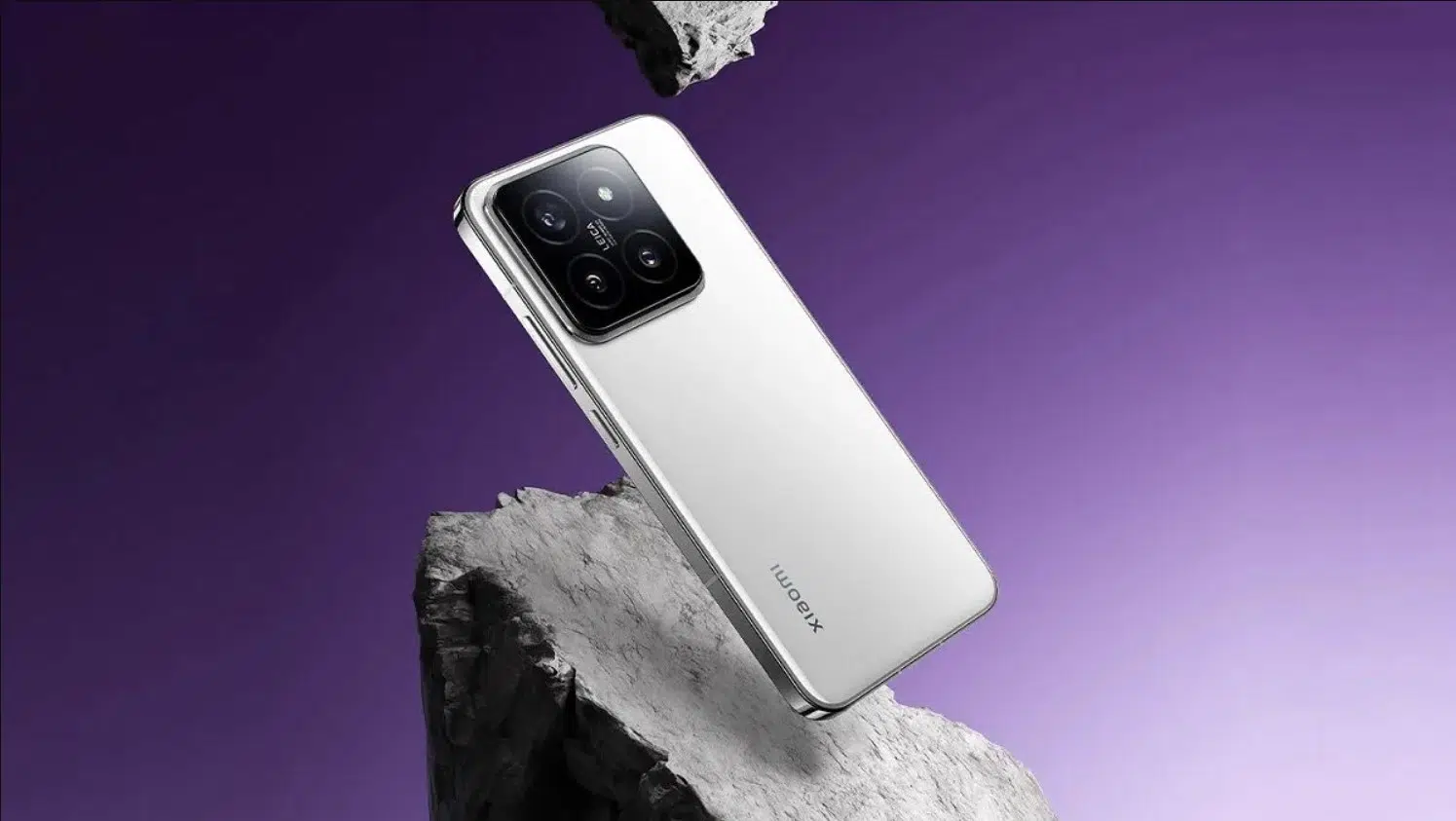The screens of smartphones are thinner than other panels so as not to increase the thickness of the phone. The thinner structure of the screens causes the panel to break when the device receives an impact. You can see that the screens of many smartphones that have come on the market in the last 10 years are equipped with Gorilla Glass technology. Have you ever researched what Gorilla Glass is or looked at its alternative? If this is the first time you have heard of this technology, learn more about the history and alternatives of Gorilla Glass in this article.
Gorilla Glass is developed and manufactured by Corning Inc. and has been in use since 1960. Gorilla Glass is a glass product that contains alkali aluminosilicate and whose surface resistance is enhanced by a series of chemical processes. After being produced for the automotive, aerospace and industrial sectors, it has also made a name for itself in mobile devices since 2005. Apple, which has an agreement with Corning, used Gorilla Glass in the first generation iPhone launched in 2007.
Gorilla Glass, which plays an important role in increasing the durability of smartphone screens, has a much higher impact resistance than ordinary glass despite its thin glass structure. After the introduction of Gorilla Glass 2 in 2012, many Android device manufacturers began to use Gorilla Glass technology in their new models. With the introduction of Gorilla Glass 3 in 2013, the material resistance was increased threefold compared to the previous generation, and the popularity of this technology has continued to grow rapidly. The latest version of Gorilla Glass today is Corning Gorilla Glass Victus 2, which is the 8th generation. After the sixth version, new series of display technology were released under the name “Victus”.
Alternatives of the Gorilla Glass
There are alternatives to the technology developed by Corning to protect mobile screens. The Dragontrail Glass developed by AGC Inc. and its similar to Gorilla Glass and has an alkaline aluminosilicate structure. Nowadays, the usage rate on Android devices is quite low. Dragontrail Star 2, the latest Dragontrail Glass series, is used in the OPPO Reno 9 and OPPO Reno 10 models.
The Ceramic Shield glass technology developed by Apple has a slightly different manufacturing process than the other competitors. Ceramic Shield, which consists of a combination of very hard nanoscale ceramic crystals with glass, is brought to maximum transparency through a series of processes, as ceramic is not transparent. According to Apple, it is 4 times more durable than other smartphone glasses.
Kunlun Glass technology, developed by HUAWEI and found only in HUAWEI’s flagship smartphone models, was created by combining billions of highly resistant nanocrystals with glass that undergo 108 different processes and are melted at 1600 degrees. Kunlun Glass, a very new screen protection technology, has been rated five stars by the Swiss certification company SGS. It has a very high success rate compared to its competitors in durability tests conducted by many editors. Kunlun Glass is a much more durable screen protection technology compared to Gorilla Glass Victus 2.
Conclusion
These screen protection technologies introduced to strengthen the screens of smartphones have a life-saving quality. It is very important to use Gorilla Glass or other technologies to prevent your screen from being damaged in a potential drop. Ceramic Shield, which has become standard since the iPhone 12, is included in all current iPhone models. If you want to buy a new Android smartphone, you should check whether the screen is equipped with protective technology.








